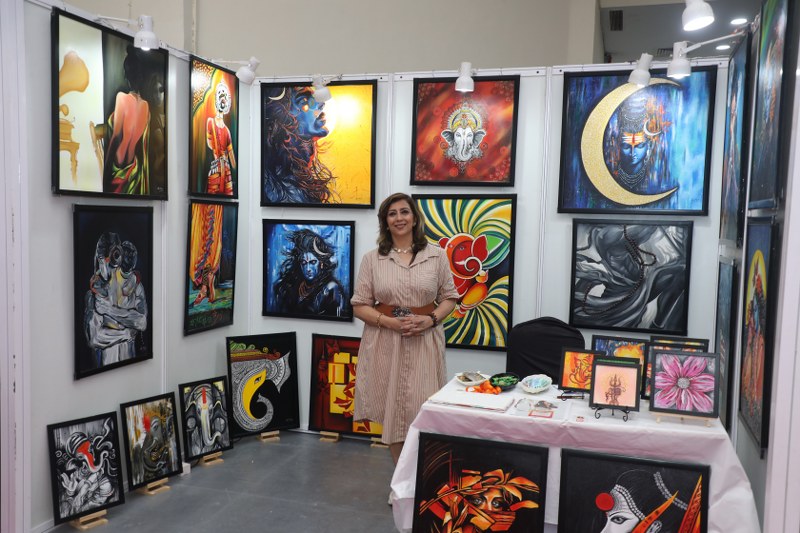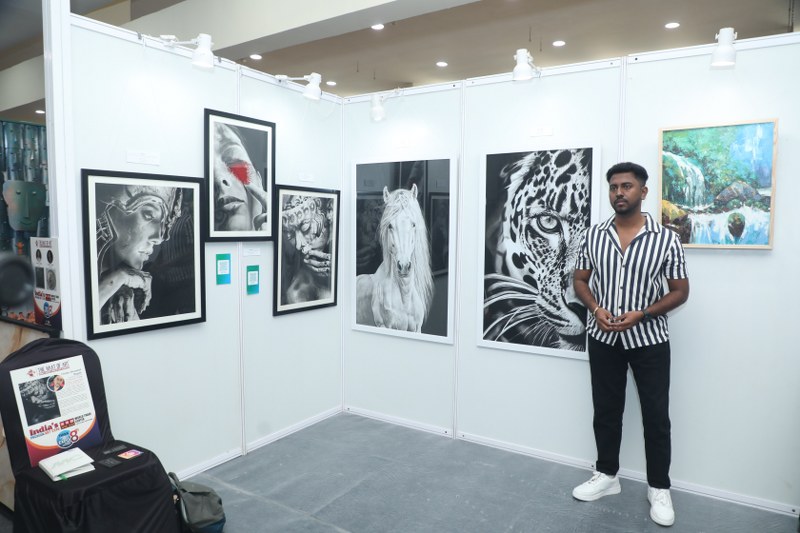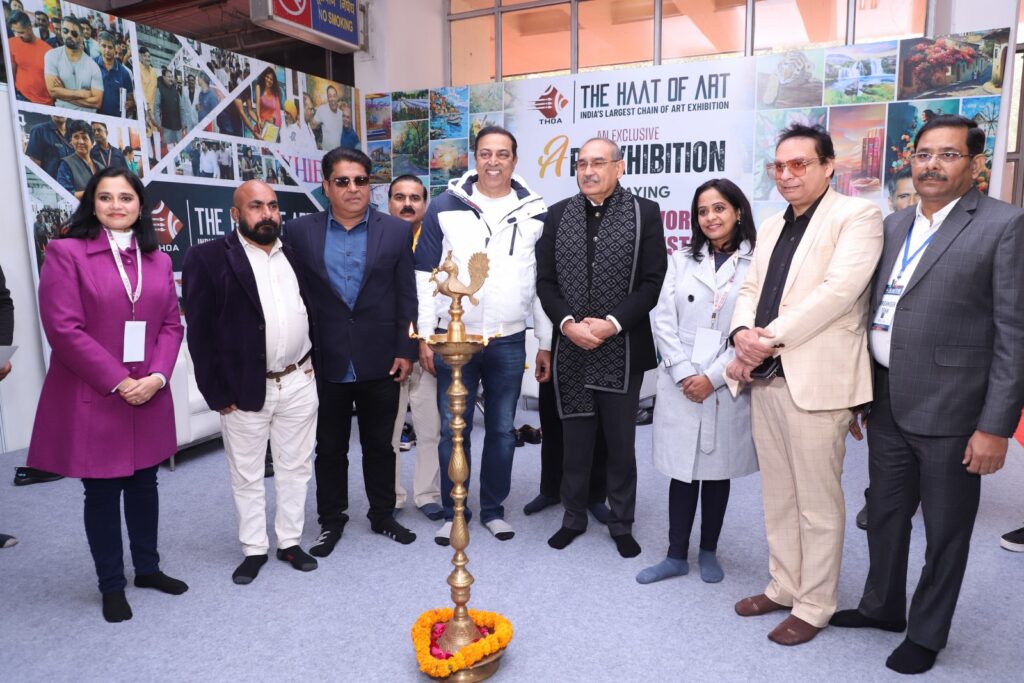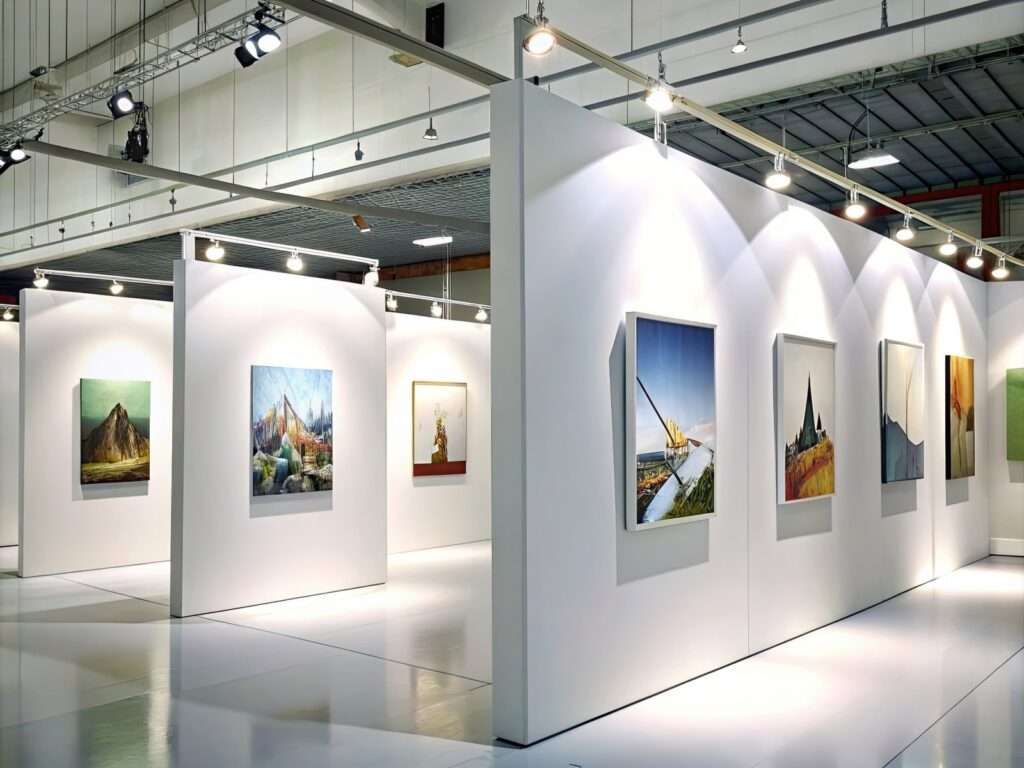Art isn’t confined to galleries or museums—it surrounds us in our everyday lives, influencing us in ways we might not immediately notice. From the design of a coffee cup to vibrant murals in our neighborhoods, art plays a vital role in shaping our experiences, emotions, and spaces. This blog explores how it enriches daily life, transforms environments, and fosters meaningful connections.
Art in Everyday Objects
Artistic design appears in the most unexpected places.
- Functional Design: Designers craft smartphones, furniture, and clothing with aesthetics in mind, turning them into appealing objects.
- Brand Identity: Logos and packaging reflect visual appeal, shaping how we perceive products
Everyday objects seamlessly combine beauty and functionality, thanks to innovative thought.
Personal Spaces and Art
Art has the power to transform personal spaces into sanctuaries of inspiration and comfort:
- Home Decor: Paintings, sculptures, and handmade crafts add personality and warmth to interiors.
- Gardens and Outdoor Spaces: Landscape art, such as fountains and sculptures, creates serene outdoor environments.
- DIY Creativity: Personalized projects like painted murals or handcrafted furniture allow individuals to infuse their spaces with their unique style.
A fine touch in living spaces can foster tranquility and self-expression.

The Role of Art in Workspaces
Incorporating creativity into workplaces is more than just an aesthetic choice:
- Boosting Productivity: Studies show that art in office environments improves creativity and reduces stress.
- Brand Representation: Companies use art installations to communicate their values and identity.
- Collaboration Spaces: Artistic decor encourages collaboration and innovation among teams.
Workplaces enriched with artistic visuals create environments where ideas and productivity thrive.
Community Art and Cultural Identity
It binds communities together and celebrates shared heritage:
- Public Murals: Cities around the world are embracing public creativity to beautify neighborhoods and inspire civic pride.
- Festivals and Events: Local art fairs and cultural festivals showcasing the talent of artists, fostering a sense of unity.
- Cultural Preservation: Traditional crafts and folk art preserve the history and identity of communities, ensuring they are passed down to future generations.
It serves as a medium for cultural dialogue and preservation.
Art as a Tool for Social Change
Artistic endeavors have driven social movements and advocacy throughout history:
- Visual Campaigns: Imagery raises awareness about global issues such as climate change and justice.
- Protest Installations: Street visuals challenge societal norms and inspire action.
- Empowering Voices: Marginalized groups use creativity to share stories and affirm identities.
Creative works serve as powerful voices for change, championing justice and equality.

Healing Through Art
Engaging in artistic practices nurtures mental and emotional well-being:
- Therapeutic Activities: Painting or sculpting helps individuals process emotions and recover from trauma.
- Mindfulness Practices: Creating or viewing visuals promotes relaxation and reduces anxiety.
- Fostering Connections: Collaborative projects strengthen bonds and encourage empathy.
Conclusion
Creativity shapes our lives in countless ways, from the objects we use daily to the spaces we inhabit. It connects us to one another, inspires innovation, and fosters emotional growth. By embracing artistic expression, we celebrate our shared humanity and enrich our world. Let creativity guide you to live more thoughtfully and imaginatively.



